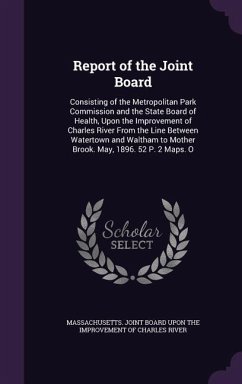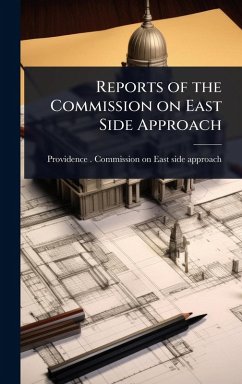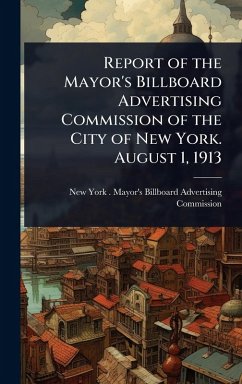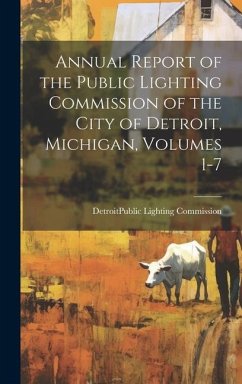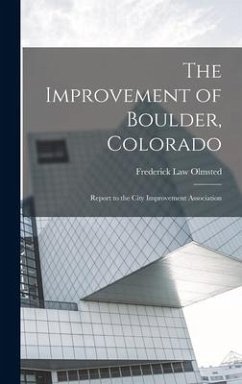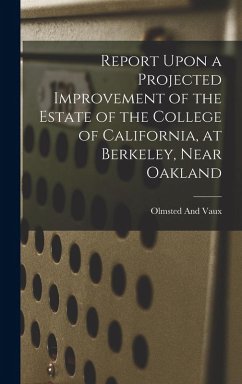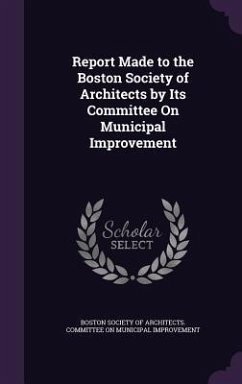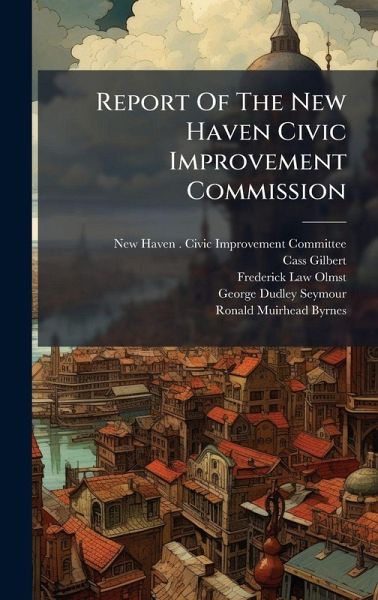
Report Of The New Haven Civic Improvement Commission
Versandkostenfrei!
Versandfertig in über 4 Wochen
30,99 €
inkl. MwSt.
Weitere Ausgaben:

PAYBACK Punkte
15 °P sammeln!
This is the "Report of the New Haven Civic Improvement Commission" from December 1910, featuring contributions from prominent figures such as Cass Gilbert (architect) and Frederick Law Olmsted (landscape architect). Commissioned by the New Haven Civic Improvement Committee, the report outlines a comprehensive plan for the city's development and enhancement. The document provides insight into the early 20th-century urban planning ideals, focusing on aesthetics, functionality, and civic engagement. It offers a valuable historical perspective on the aspirations and challenges of city improvement ...
This is the "Report of the New Haven Civic Improvement Commission" from December 1910, featuring contributions from prominent figures such as Cass Gilbert (architect) and Frederick Law Olmsted (landscape architect). Commissioned by the New Haven Civic Improvement Committee, the report outlines a comprehensive plan for the city's development and enhancement. The document provides insight into the early 20th-century urban planning ideals, focusing on aesthetics, functionality, and civic engagement. It offers a valuable historical perspective on the aspirations and challenges of city improvement projects of the era. This report is essential reading for anyone interested in the history of New Haven, urban planning, landscape architecture, and the contributions of Gilbert and Olmsted to American city design. This work has been selected by scholars as being culturally important, and is part of the knowledge base of civilization as we know it. This work was reproduced from the original artifact, and remains as true to the original work as possible. Therefore, you will see the original copyright references, library stamps (as most of these works have been housed in our most important libraries around the world), and other notations in the work. This work is in the public domain in the United States of America, and possibly other nations. Within the United States, you may freely copy and distribute this work, as no entity (individual or corporate) has a copyright on the body of the work. As a reproduction of a historical artifact, this work may contain missing or blurred pages, poor pictures, errant marks, etc. Scholars believe, and we concur, that this work is important enough to be preserved, reproduced, and made generally available to the public. We appreciate your support of the preservation process, and thank you for being an important part of keeping this knowledge alive and relevant.



